For this example, we are going to use a four from eight draw, that is, drawing four balls from 1 to 8; this gives you 70 combinations.
If you issue tickets with all seventy combinations and draw four numbers, you are guaranteed just one winner.
For this demonstration, we have created 14 tickets with five lines each, covering all 70 combinations. Every ticket has ‘five’ chances to win. We have also mixed up the combinations so every ticket has the numbers 1 to 8 at least once.
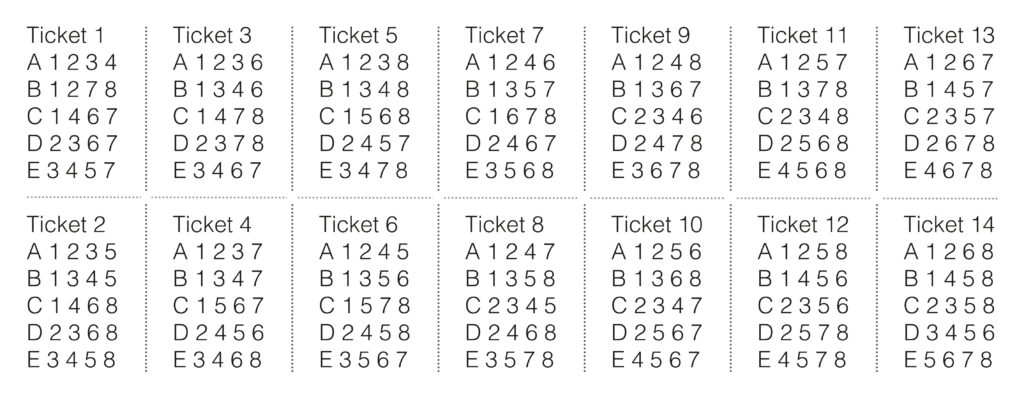
Combination Draw Example: a four from eight draw gives you 70 combinations; here are 14 tickets, each with five lines, covering all 70 combinations. All the tickets have every individual number at least once.
Try this for yourself: click here, fill in the form, and get the accompanying pack. The pack includes 14 tickets, each with five lines, and a set of numbers to cut out (see pages 4 to 7).
The first number drawn is 3, and all the tickets have three, so all 14 are still in with a chance of winning. In fact, 35 of the 70 lines have a 3.
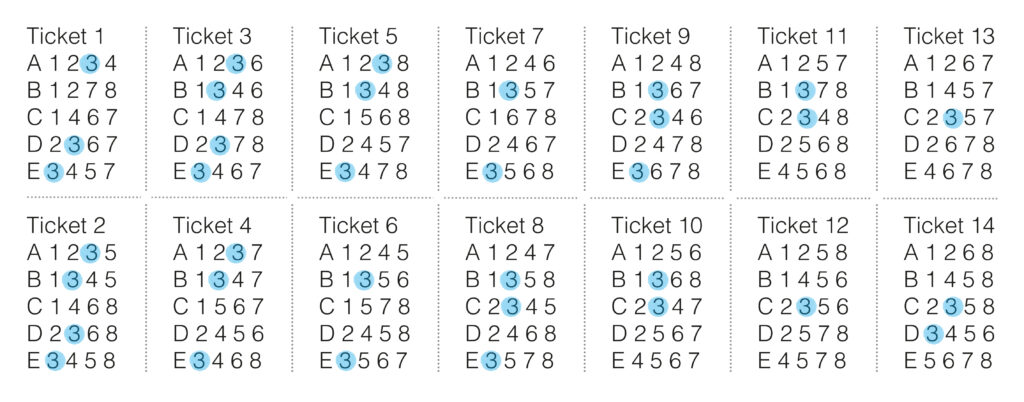
The first number is 3, and 35 of the 70 lines have a 3.
The second ball drawn is number 4. Tickets 6, 7, 12 and 13 are the only ones that do not have 3 and 4 in a line. Ten tickets still have a chance of winning. Over two-thirds of your participants still have a chance of winning.

With the second ball draw, over two-thirds of your participants still have a chance of winning.
The third number is 8. Four tickets have lines with 3, 4 and 8 in them, and ticket five has two lines. 28.6%, over a quarter of your participants still have a chance of winning.
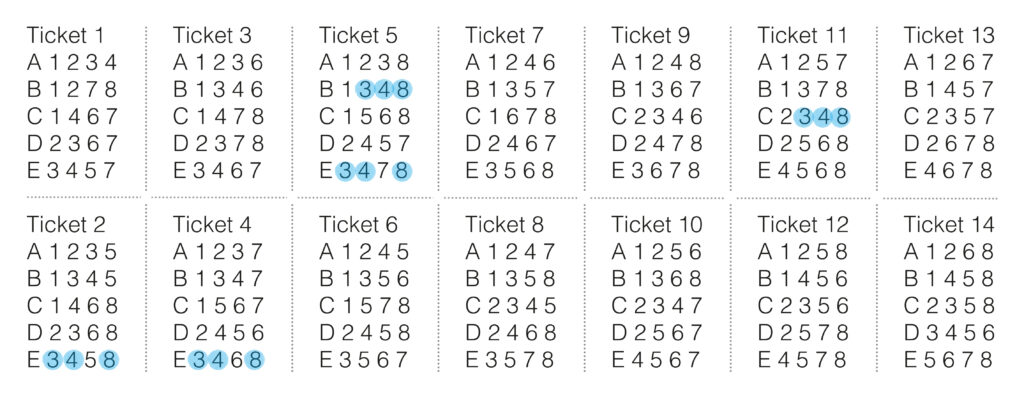
Over a quarter of your participants still have a chance of winning
The final number drawn for our example is 2. Ticket 11 line C is the winner.
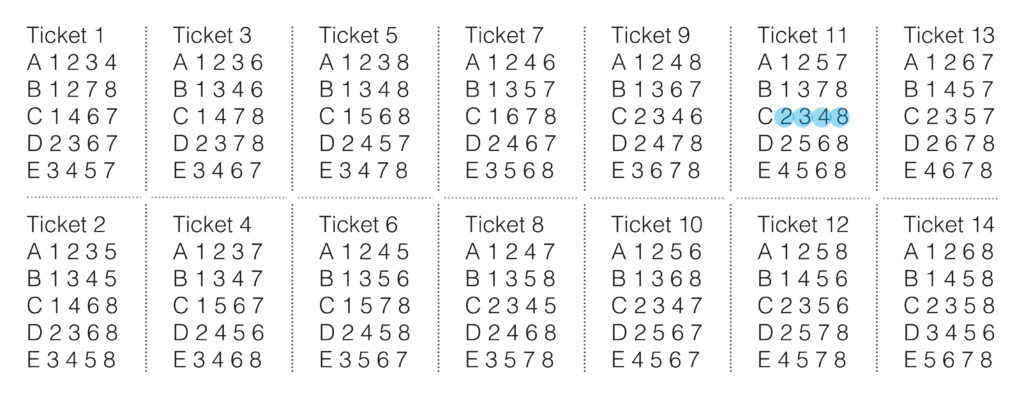
Ticket 11 line C is the winner.
As you can see, a combination draw is much more engaging for your participants. It keeps more people involved for longer, building both tension and excitement. You get one winner, and in this example, you also get 16 lines with three of the four numbers (red below), 35 lines with two of the four (green below) and 17 with one of the four (blue below).
While, in this example, we have just concentrated on the tickets with numbers and for each subsequent selected number, have just highlighted the lines with all the selected numbers, your participants won’t do this – they will mark all the numbers called – so at the end their tickets will look more like below (except, of course, their ‘marks’ will be in one colour). This type of gameplay makes your draw much more engaging and builds tension and excitement for your participants.
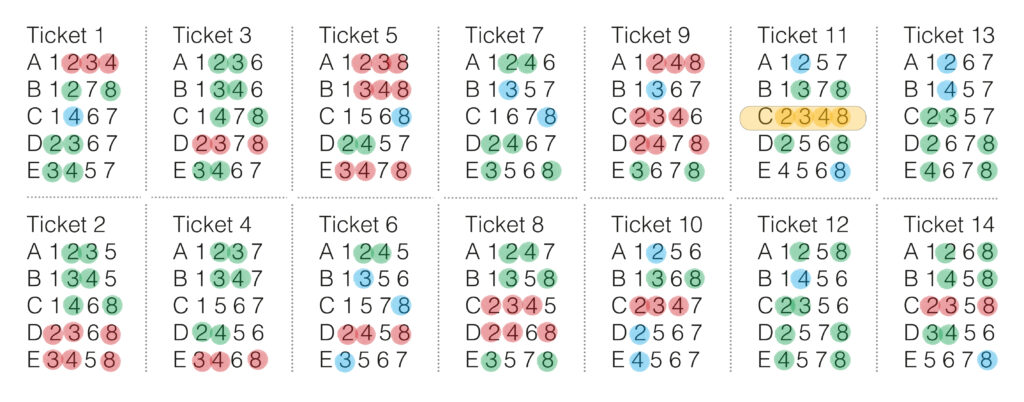
You can test this for yourself—fill out the form below, and we will email you a kit so you can test it. Check your spam folder as the email sometimes ends up there.
For a free consultation on how we can create your perfect combination draw, call Paul now on 07957 371 847.


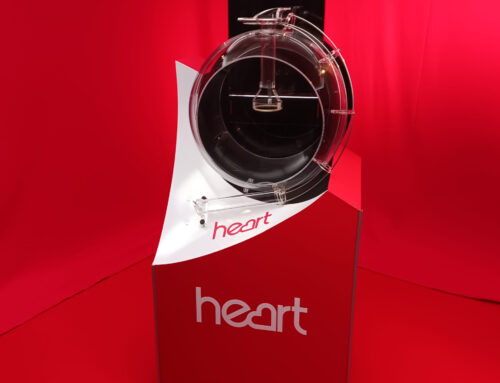

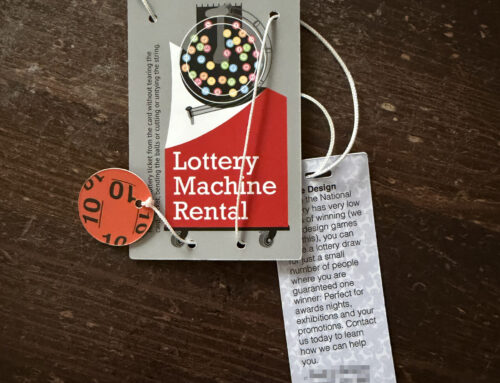
Leave A Comment